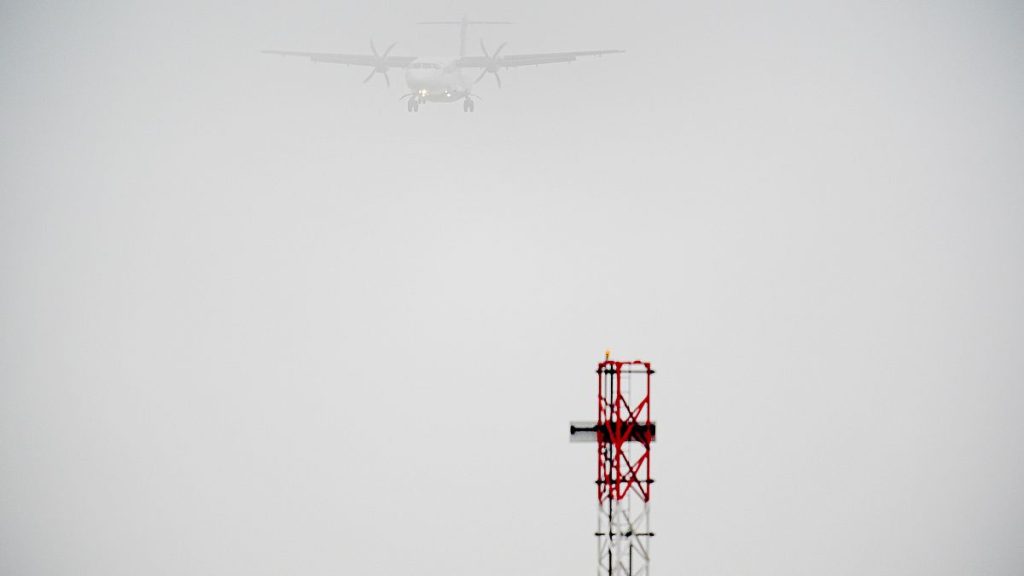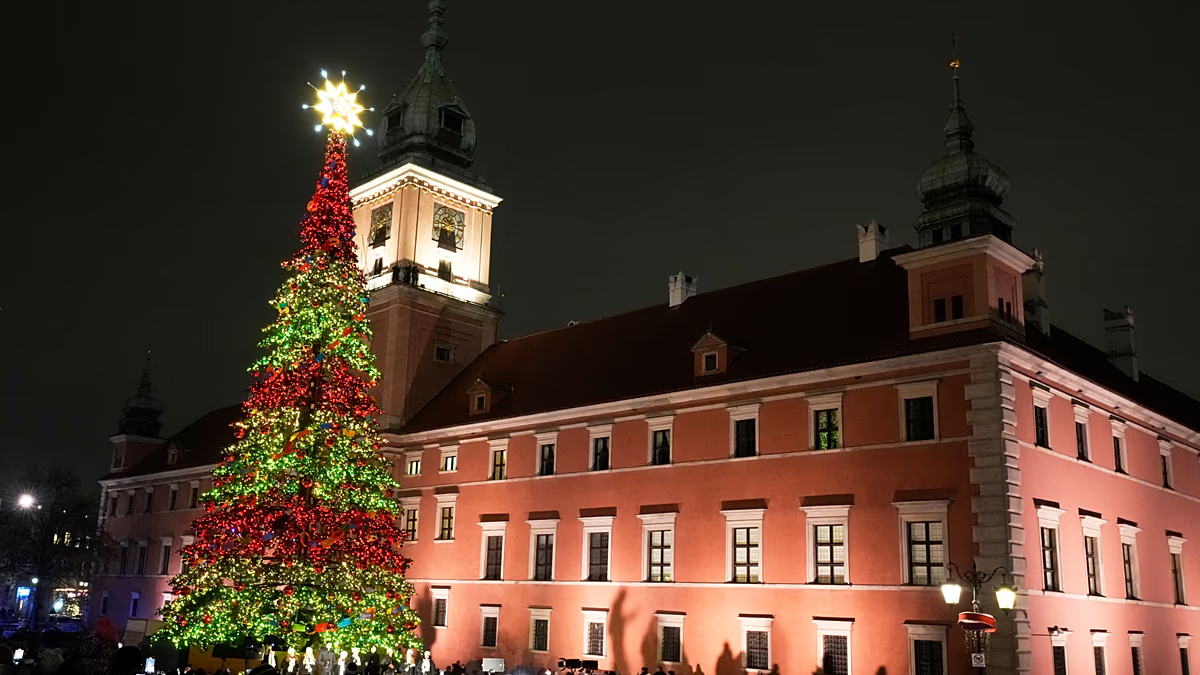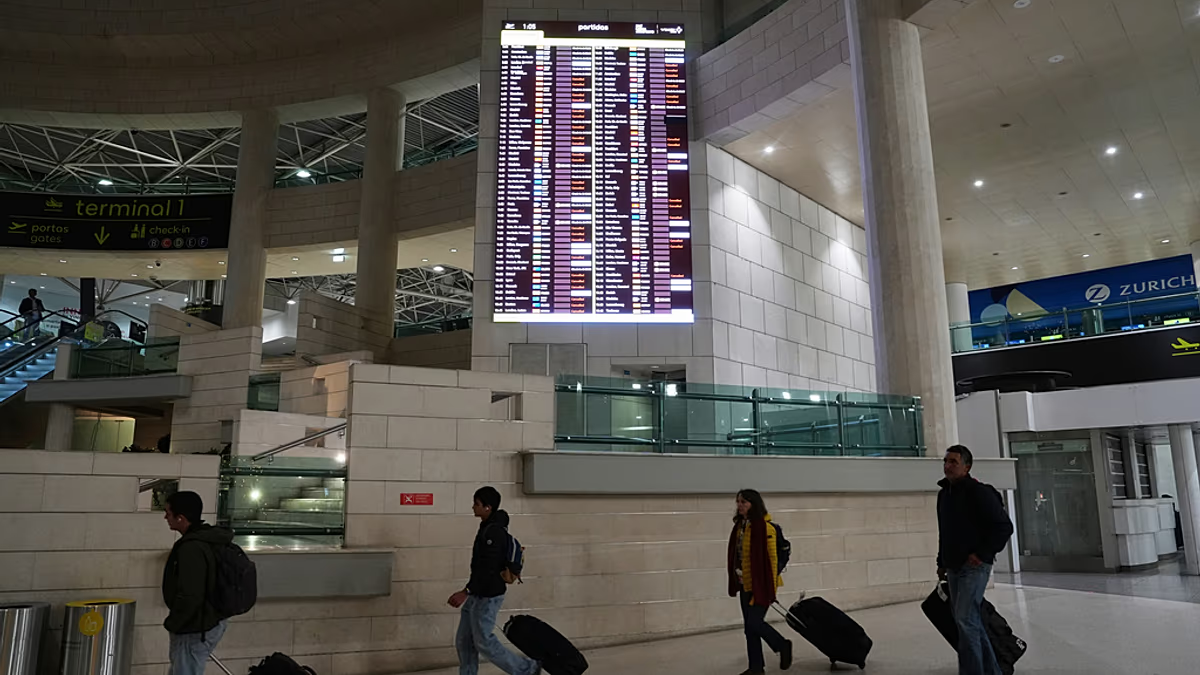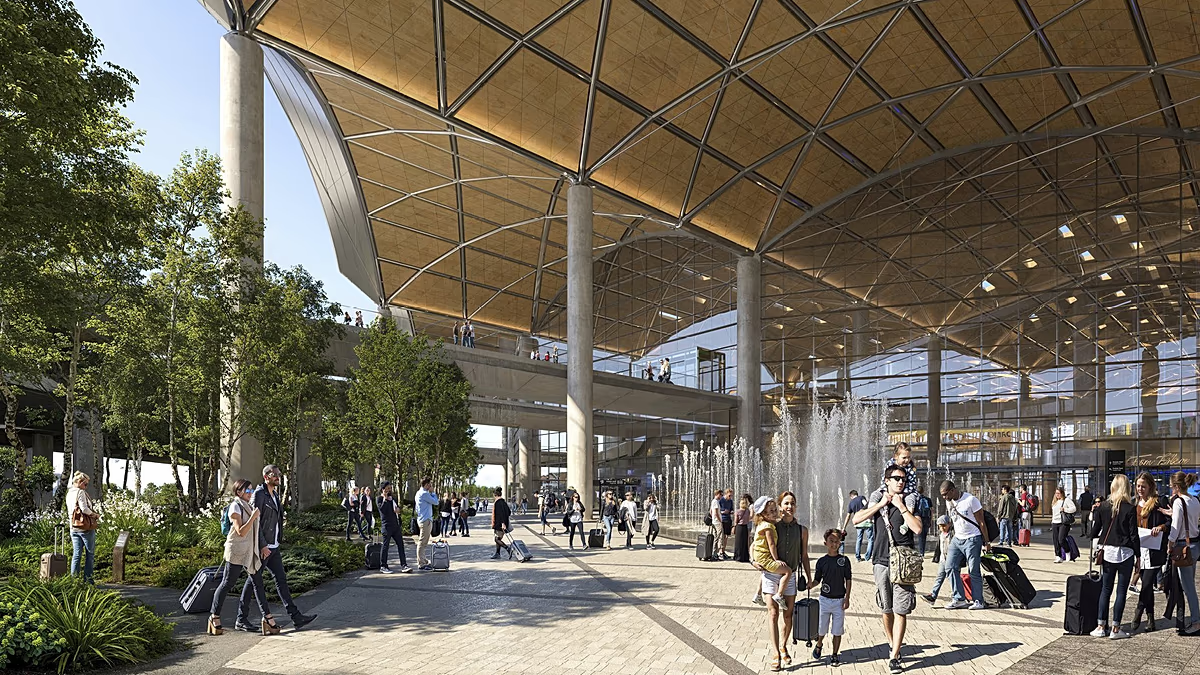The dense fog that blanketed parts of Europe, particularly the United Kingdom and the Netherlands, over the Friday and Saturday period following Christmas created significant disruptions to air travel, leading to widespread flight delays and cancellations, impacting thousands of passengers during the busy holiday travel season. London’s Heathrow and Gatwick airports, two of Europe’s major aviation hubs, bore the brunt of the disruption, with numerous flights delayed or cancelled due to severely reduced visibility. Passengers were advised to check with their airlines for updates and brace for potential delays, as the fog significantly hampered airport operations. The Met Office, the UK’s national weather service, issued warnings about the thick fog, predicting visibility as low as 100 meters in some areas, impacting not only air travel but also road travel.
Heathrow Airport, experiencing the ripple effects of the pre-Christmas winter storm that left many passengers stranded, faced further challenges with the dense fog. While the airport worked to recover from the previous disruptions, the fog added another layer of complexity, causing further delays and cancellations. Passengers attempting to travel to or from Heathrow were advised to contact their airlines directly for the latest information on their flight status. The disruption came at a particularly inconvenient time, as the post-Christmas period sees a surge in travel as people return home or embark on New Year’s trips.
Gatwick Airport, another major London airport, also experienced significant disruptions due to the fog. Flights were delayed by up to three hours on Friday, and dozens more experienced delays on Saturday morning, primarily affecting short-haul flights within Europe. The airport apologized for the inconvenience caused to passengers and advised travellers to check with their airlines for updates. The combination of the fog and the typically high volume of post-Christmas travel created a challenging situation for both airport staff and passengers.
The Met Office warned that the thick fog would reduce visibility considerably across various regions of the UK, advising travellers to allow extra time for their journeys and urging drivers to exercise extreme caution on the roads. The fog, which settled over a wide area, made driving conditions hazardous, increasing the risk of accidents. The weather service anticipated that conditions would improve by Sunday, allowing for a more normalized travel experience. The widespread nature of the fog meant that significant parts of the country experienced travel disruptions.
The UK’s air traffic control organization implemented restrictions in areas with low visibility to ensure the safety of air travel. These restrictions, while necessary for maintaining safe operations in challenging weather conditions, contributed to the flight delays and cancellations. The organization emphasized that safety was paramount and that they were working in close coordination with airports and airlines to minimize disruption to passenger travel. The collaborative efforts aimed to mitigate the impact of the fog while prioritizing the safety of all flights.
The fog’s impact extended beyond the UK, affecting several other European airports. Schiphol and Eindhoven airports in the Netherlands experienced widespread disruptions, with dozens of flights cancelled and others delayed by up to four and a half hours. Kraków Airport in Poland also faced challenges, with some flights unable to take off or land due to the fog, resulting in cancellations and diversions to other airports. The widespread nature of the fog underscores the vulnerability of air travel to adverse weather conditions, particularly during periods of high travel volume.













